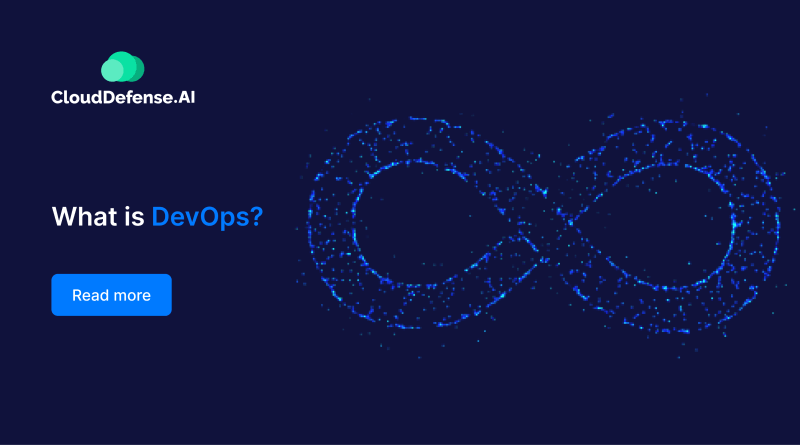In the fast-paced realm of software development, where agility and efficiency are paramount, DevOps has emerged as a transformative approach. DevOps, short for Development and Operations, represents more than just a set of practices and tools; it embodies a cultural shift that brings together software development and IT operations, breaking down traditional silos to accelerate the delivery of high-quality software.
DevOps Simplified
At its essence, DevOps merges the worlds of software development and IT operations, encompassing roles like system admins, network professionals, database administrators, and others. The overarching aim? Swift, quality software deployment through a seamless integration of tools, practices, and a cooperative mindset.
DevOps' Primary Goals
Although adaptable to individual organizational needs, typical goals of DevOps are:
Cultural Evolution: Promoting synergy between development and operations.
Operational Speed: Enhancing the pace of development to meet market needs swiftly.
Intelligent Failure: Leveraging automated testing to minimize risks and ensure quick recovery.
Incremental Updates: Introducing smaller, more manageable software updates for reliability.
On-Demand Releases: Ensuring software can be deployed whenever it's ready.
Unified Collaboration: Building a holistic, cooperative environment among departments.
Streamlined Processes: Enhancing project efficiency and defect elimination.
Feature Value Assessment: Regularly evaluating feature worth and efficiency.
Continuous Enhancement: Using feedback, quality assurance, and testing to improve.
Minimized Failure: Employing proactive testing to decrease new release failure rates.
Quicker Deliveries: Reducing software delivery times through continual delivery methods.
Key DevOps Tools
A few pivotal tools underpinning DevOps include:
Docker: Enables easier application deployment through containerization.
Vagrant: Guarantees uniform development environments.
GitHub & Bitbucket: Version control tools facilitating collaboration.
Nagios: Monitors server and application health.
Jenkins: Assists in continuous delivery automation.
Ansible: Orchestrates and configures IT assets.
Sentry: Pinpoints code defects.
DevOps Gold Standards
To harness DevOps' full power:
Adopt Continuous Integration (CI): Merge code changes consistently for early bug detection.
Practice Continuous Delivery (CD): Ensure code is always ready for deployment.
Use Microservices: Decompose systems for simpler project management.
Embrace Infrastructure-as-Code: Utilize programmable infrastructure for agility.
Opt for Shared Code Repositories: Bridge the gap between development and operations.
Implement Automated Testing: Guarantee code quality via regular tests.
Prioritize Shifting Left: Embed security and testing at the start of the development cycle.
Wrapping Up
In our fast-evolving tech era, where prompt and dependable software delivery is the norm, DevOps stands as an essential ally for businesses. By harmonizing tech strategies with cultural values, DevOps fosters team unity and collaboration. Beyond being a mere trend, DevOps is a profound transition that equips businesses to adeptly steer through the multifaceted domain of software development and IT operations. In today's tech-driven age, integrating DevOps isn't a luxury, but an imperative.



















